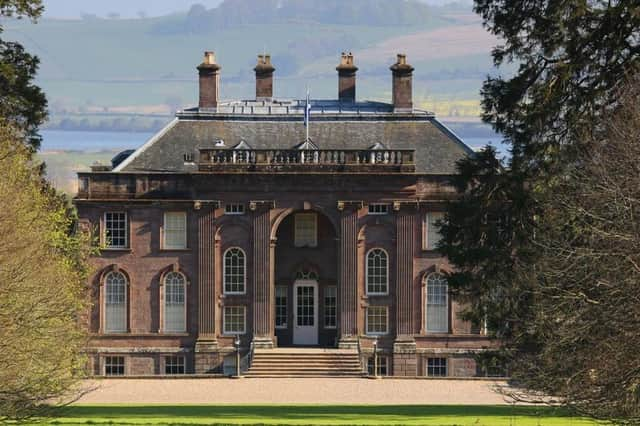Scotland's stately homes and castles could be revitalised by becoming Spanish-style 'Paradors' – Stephen Jardine


However the Spanish Government had a solution, they built a Parador.
The gleaming, seven-storey, steel-and-glass structure dominates the northern tip of the city and attracts thousands of guests every year. Suddenly Cadiz was on those lists of cool travel destinations you have to visit.
Advertisement
Hide AdAdvertisement
Hide AdI stayed last week and loved every minute but I couldn’t get my head around the fact that it was run by the state. Spain now has 98 government-owned Paradors and they all have a purpose. Some are located in grand old houses or palaces to save them from ruin while others, like Cadiz, are designed to lure visitors to areas where tourism is under-developed.
Around a quarter of the properties run at a loss, but there is a bigger picture revolving around national heritage and developing tourism infrastructure. So could that work here?
At the moment, it’s hard to imagine what a government-owned, national hotel chain here would be like apart from short-staffed or on strike. So if we assume the state has other pressing issues to deal with, is any other public body suitable for the task?
Step forward the National Trust for Scotland. Mired in controversy in recent years over financial difficulties, mass redundancies and problematic aspects of our history, the NTS does however have stewardship over some of the most impressive properties in our land.
Instead of preserving them, pickled in aspic, for day-trippers to wander around like confused shoppers in Ikea, could the Paradors of Spain provide a new model for the future?
Battered by the pandemic, the financial situation of the NTS remains precarious despite millions in financial support from the Scottish Government. The future strategy revolves going carbon neutral by 2031 and growing the membership.
Good luck with the former when your specialist subject is big, old, draughty houses. The problem with the latter is that the next generation are more interested in virals than vestibules. The fact that NTS has fewer Instagram followers than Scots wrestler Grado suggests they are not quite in tune with the future marketplace.
More than that, the days are long gone of skint old toffs leaving their crumbling piles to be saved by a nation of obliging serfs happy to pay up to see what they might have won if they had been dealt a better hand.
Advertisement
Hide AdAdvertisement
Hide AdNowadays people want to pay for experiences, not to feel let down by life.
Fairytale properties like Craigievar Castle or William Adam’s spectacular House of Dun could deliver just that while maintaining the principles of public access and developing an income stream for the future, as well as acting as a showcase for the best in Scottish hospitality, food and drink.
Of course, start-up cash would be a challenge. Post-pandemic, the Spanish Government is now examining public/private partnership opportunities to develop the Parador business model and that could be the way forward for the NTS.
Alternatively, they can always turn to the patron of the National Trust For Scotland. Prince Charles seems to be able to acquire carrier bags full of cash for all kinds of good causes, so why not this?
Comments
Want to join the conversation? Please or to comment on this article.
